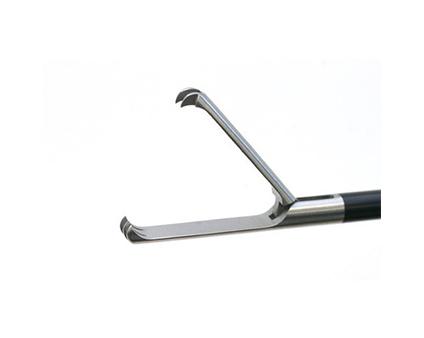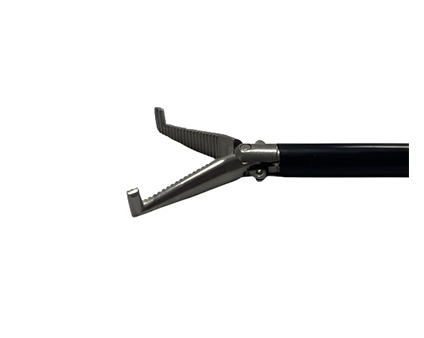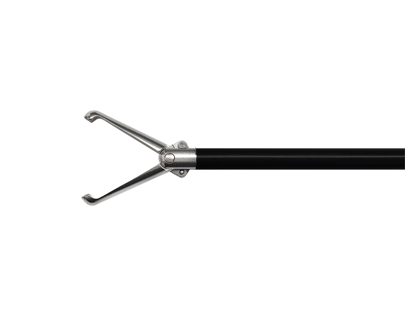The Use of a Pneumoperitoneum Needle
Pneumoperitoneum needle is a clinical medical device used for abdominal puncture, which consists of gas needle, tube needle, handle, etc. Puncture with Pneumoperitoneum needle is the first and most dangerous step in laparoscopic surgery. Data show that complications related to abdominal gas needle and the first Troca puncture account for more than half of the complications in laparoscopic surgery. This is easy to understand because only this step cannot be completed under the supervision of a laparoscope. Therefore, paying attention to the details of pneumoperitoneum needle puncture can greatly improve surgical safety.
1. Understand the use of pneumoperitoneum needle
The pneumoperitoneum needle is a needle-shaped structure with a valve at the back end. When performing gas-insufflation, the gas tube of the carbon dioxide tank is connected here. The tip of the pneumoperitoneum needle is not very sharp, but rather blunt. This is an excellent design that can protect the operator or nurse who needs to perform the operation.
Although the pneumoperitoneum needle is blunt, when it is in contact with the skin and pressed downwards, the needle will pop out and form a puncture needle. As long as the needle is in contact with the skin and pressed down, it will slowly penetrate the skin, muscle layer and serosal layer, and then reach the abdominal cavity. With experience, one can judge whether it has reached the abdominal cavity based on the sense of touch. After entering the abdominal cavity, it is necessary to immediately stop further insertion, because the space and gap in the abdominal cavity are relatively small. Continued insertion may damage the internal organs. After entering the abdominal cavity, connect the gas tube for insufflation, and the surgeon or nurse should tap lightly on the patient's abdomen. The abdomen will show obvious swelling. When it swells to a certain extent, the first Trocar can be inserted, which is the function of the pneumoperitoneum needle.
2. Choosing the puncture location of the pneumoperitoneum needle
The first thing to note in pneumoperitoneum needle puncture is the selection of the puncture hole. The choice of puncture hole depends on many factors, such as the size of the uterus, the scope of surgery, the thickness of the abdominal wall, and surgical scars.
(1). If it is tubal ovarian surgery, the puncture can be made at the umbilical port.
(2). For larger uteruses, removal of giant ovarian cysts, or lymph node dissection, the puncture hole and Troca lens can be placed 4 to 6cm above the umbilicus.
(3). If the patient is not tall and has a short distance between the umbilicus and pubic symphysis, the umbilical incision should also be chosen.
(4). When using the pneumoperitoneum needle for puncture, try to avoid surgical scars and avoid injuring intestinal adhesion with the abdominal wall.



